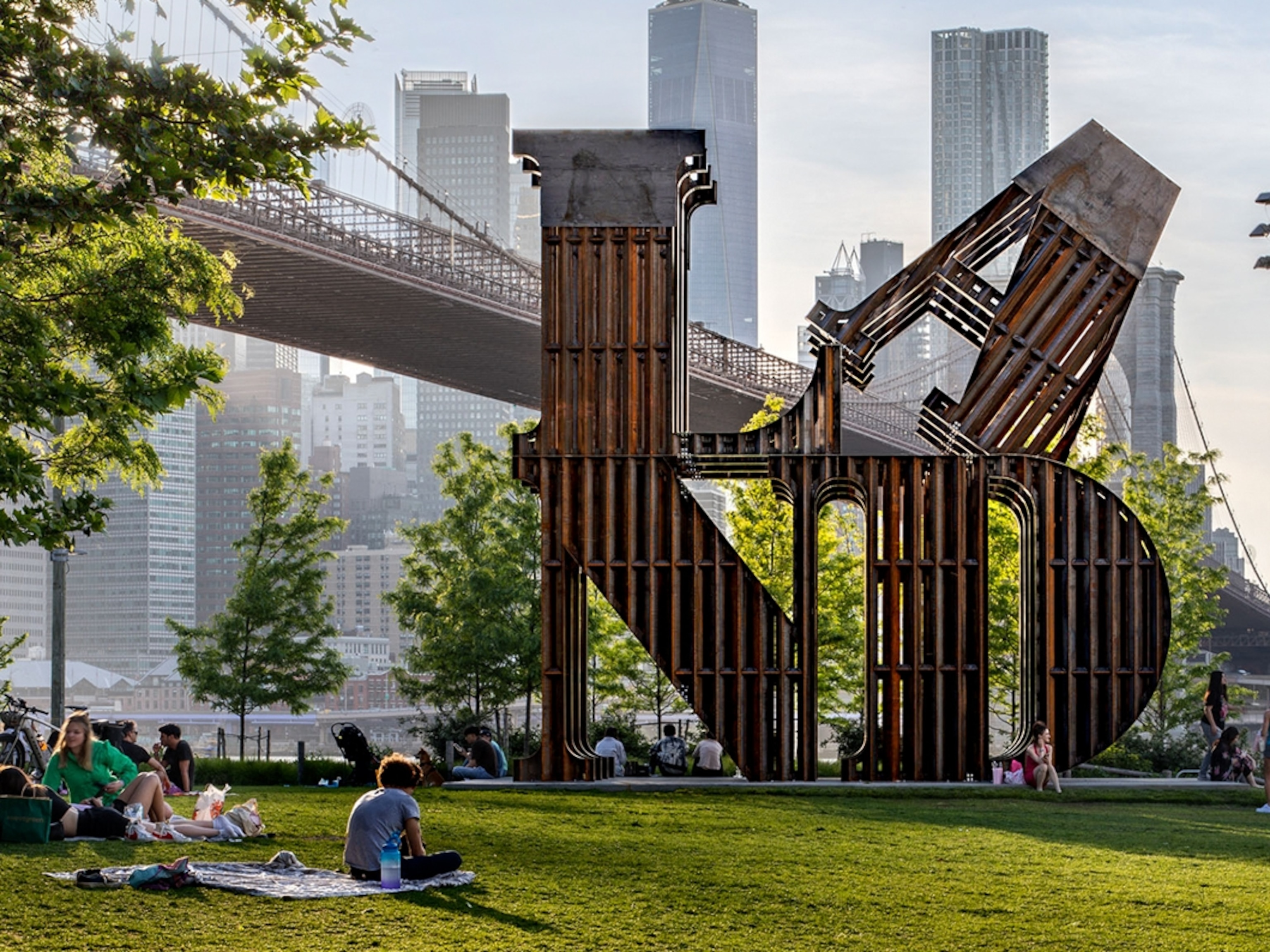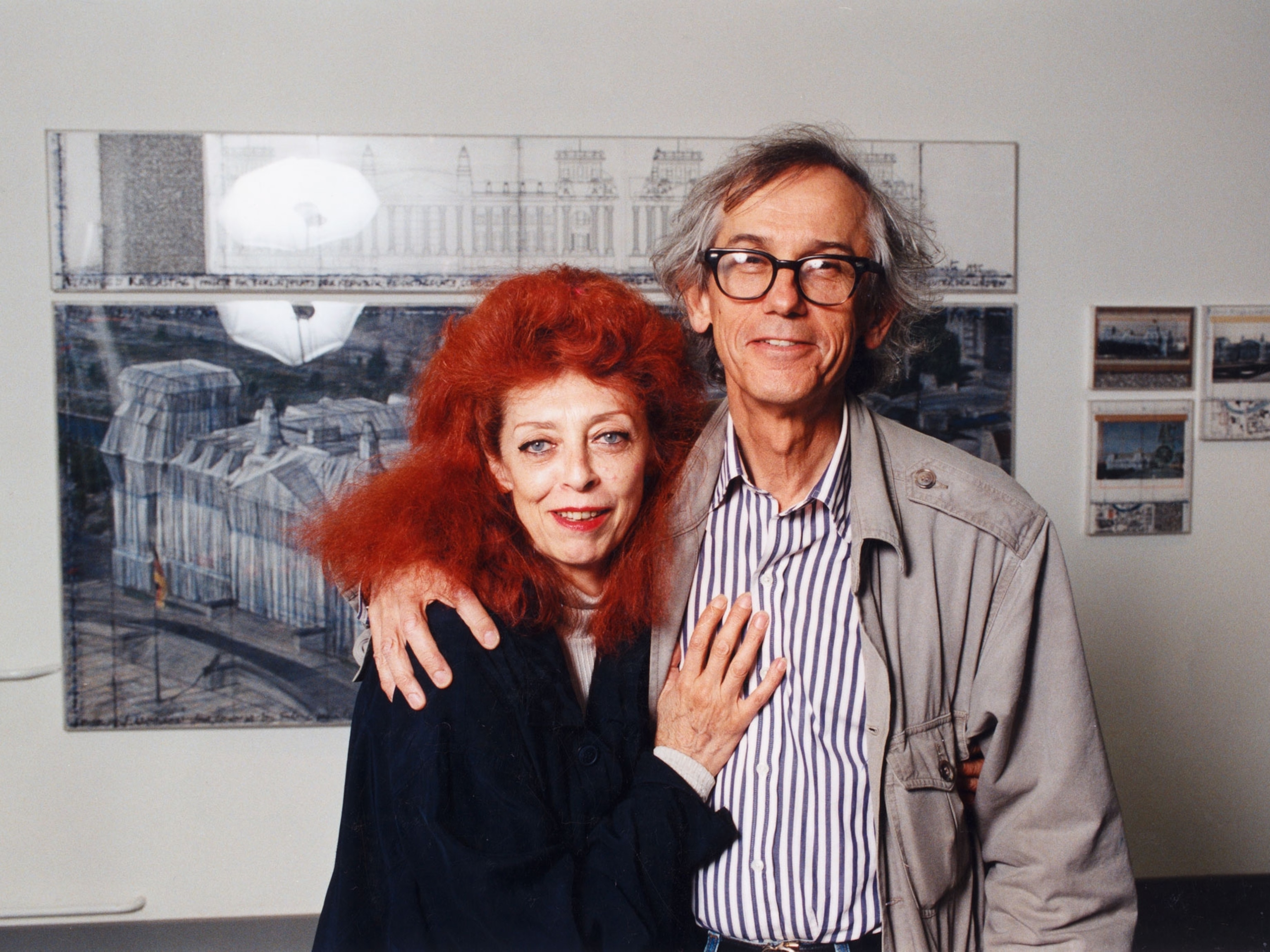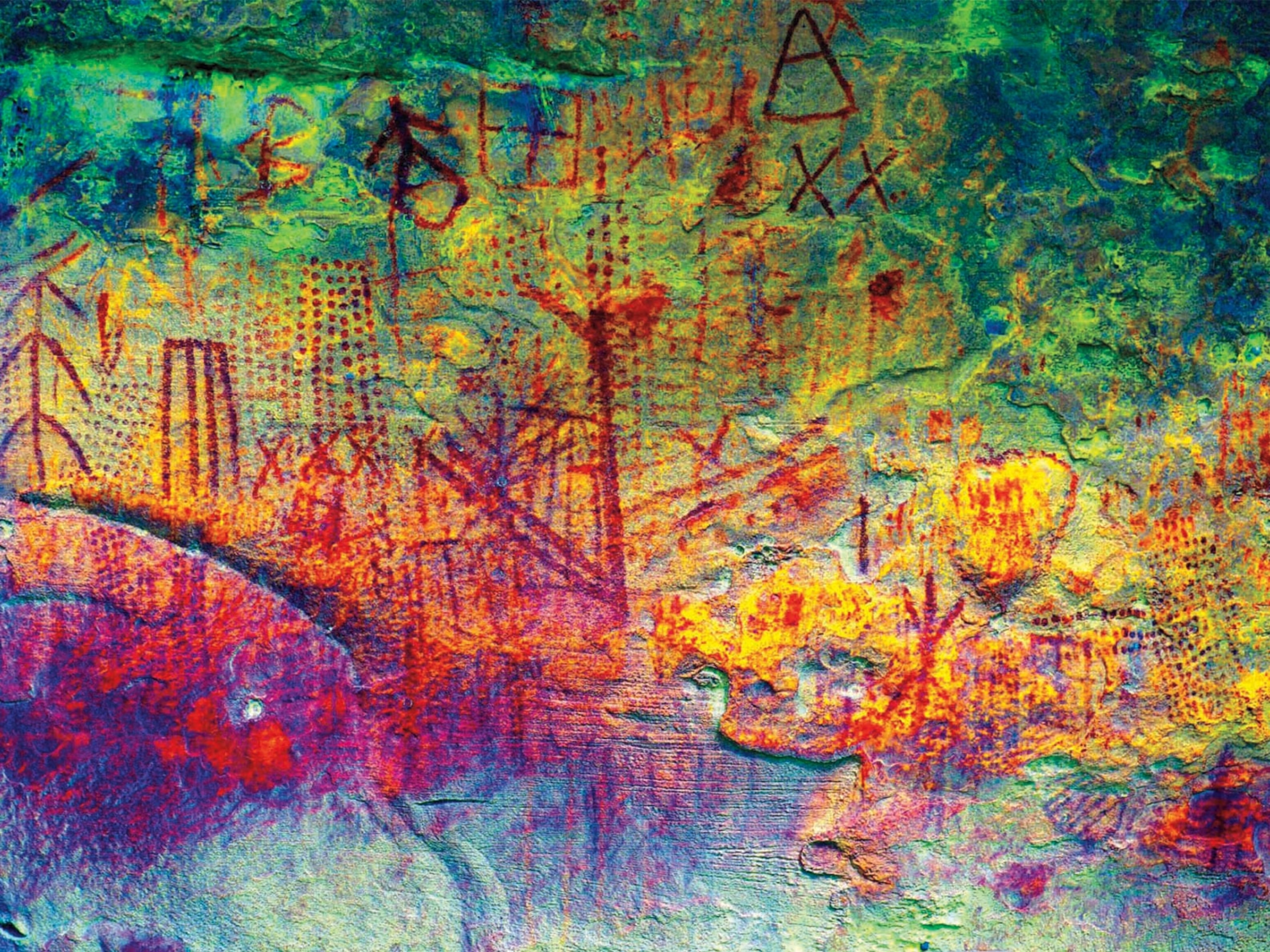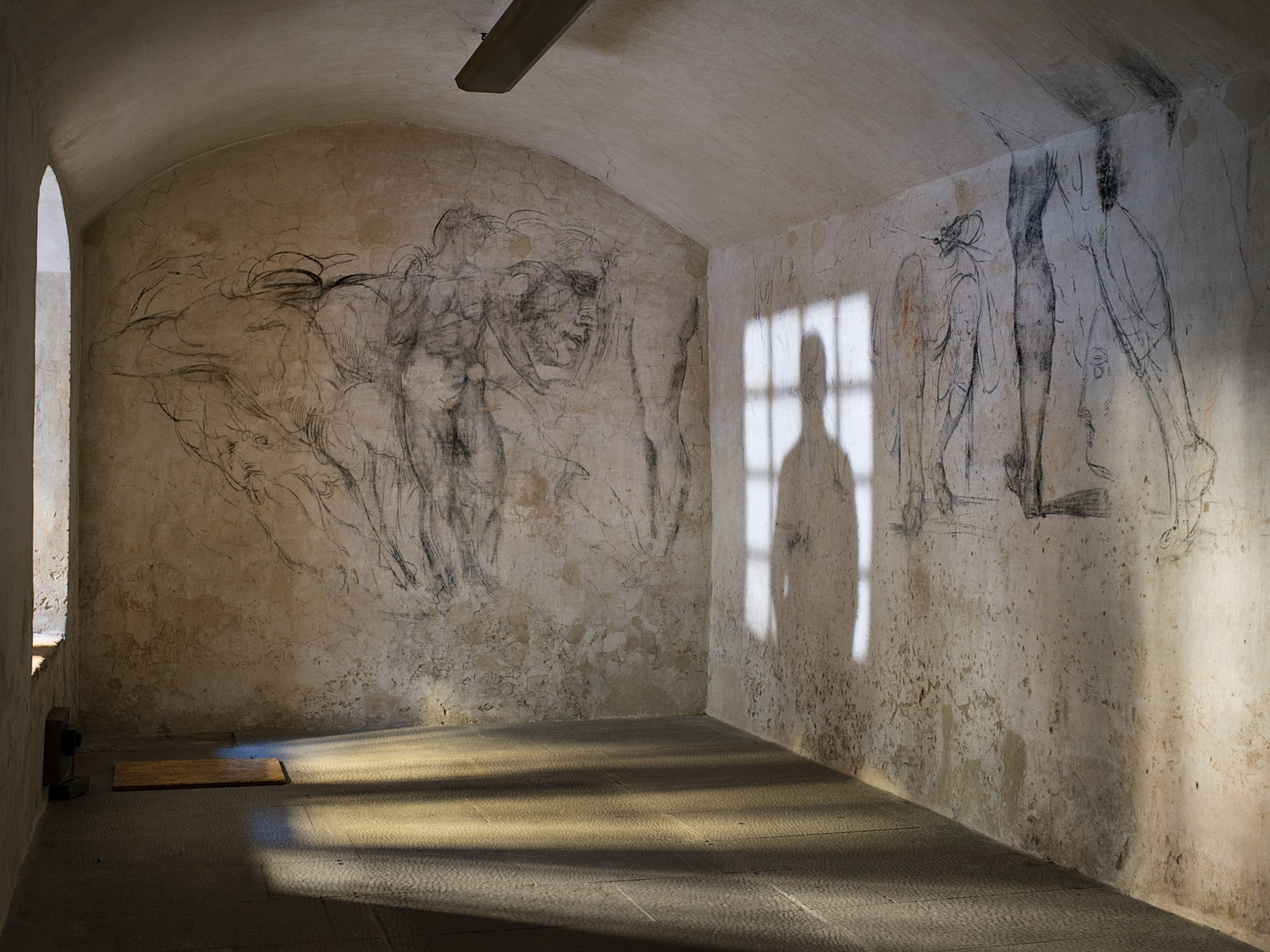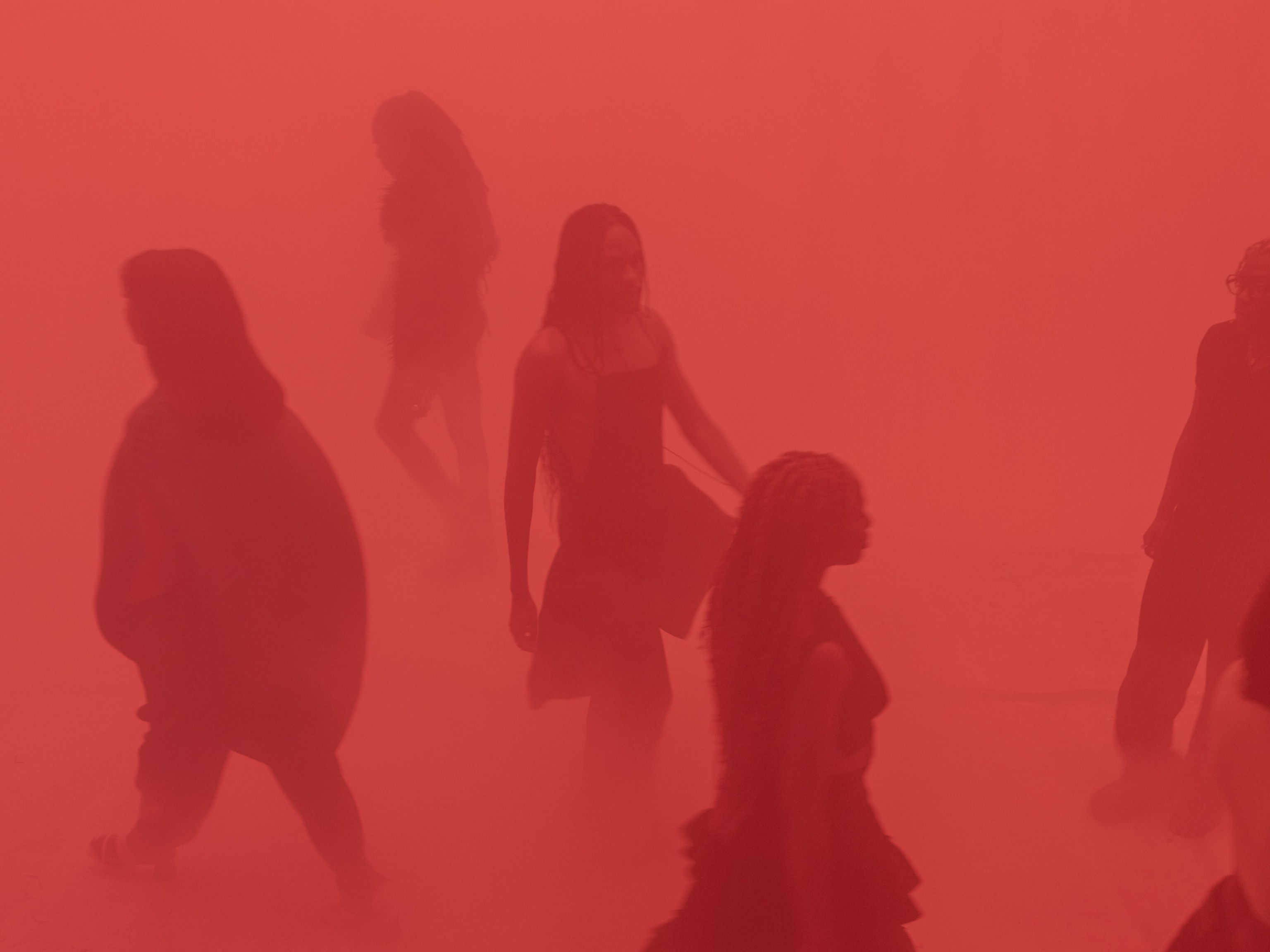
Meet one of Nat Geo’s amazing artists
Throughout our history, the magazine’s storytelling has relied on photographers—and on artists such as Fernando Gomez Baptista.
Art supplies, models, tools, works in progress: This photo gives one glimpse into the studio of Senior Artist Fernando Baptista, at National Geographic’s headquarters in Washington, D.C. I’m writing about Fernando’s work now because there’s so much of it in this month’s issue: The cover art for “Gladiators: Ancient Rome’s Fight Club.” Eight pages of infographics showing how these warriors fought and lived. And, for our story on southern Africa’s Kalahari, an explainer about animals’ adaptations to heat.

A native of Spain, Fernando was the director of graphics at El Correo in Bilbao—a newspaper renowned for its visual journalism—when National Geographic called. “They offered me a job, and I thought, Why not?” says Fernando, who moved to the United States and joined us in 2007.
His art has won every kind of honor—more than 200 awards, medals, citations, you name it—from every major group that judges illustrations and graphics. He’s even been nominated for two Emmys, for his animation work.
How does Fernando create? Often, before he starts to draw, he fashions a three-dimensional polymer clay model. “The models help me find the best perspective,” he says. “I can see how the light works. It makes it more realistic, and you can get the right point of view.”
Sometimes he’ll photograph a model and paint on the photo with acrylics or digitally. Other times he’ll use the models to create a pencil drawing, scan the drawing into the computer, paint it digitally, then merge it with a background he has painted. Occasionally he will make one of his models a figure in an animated film. In short: He’s amazing. (Watch: This mysterious ancient predator had a killer jaw)
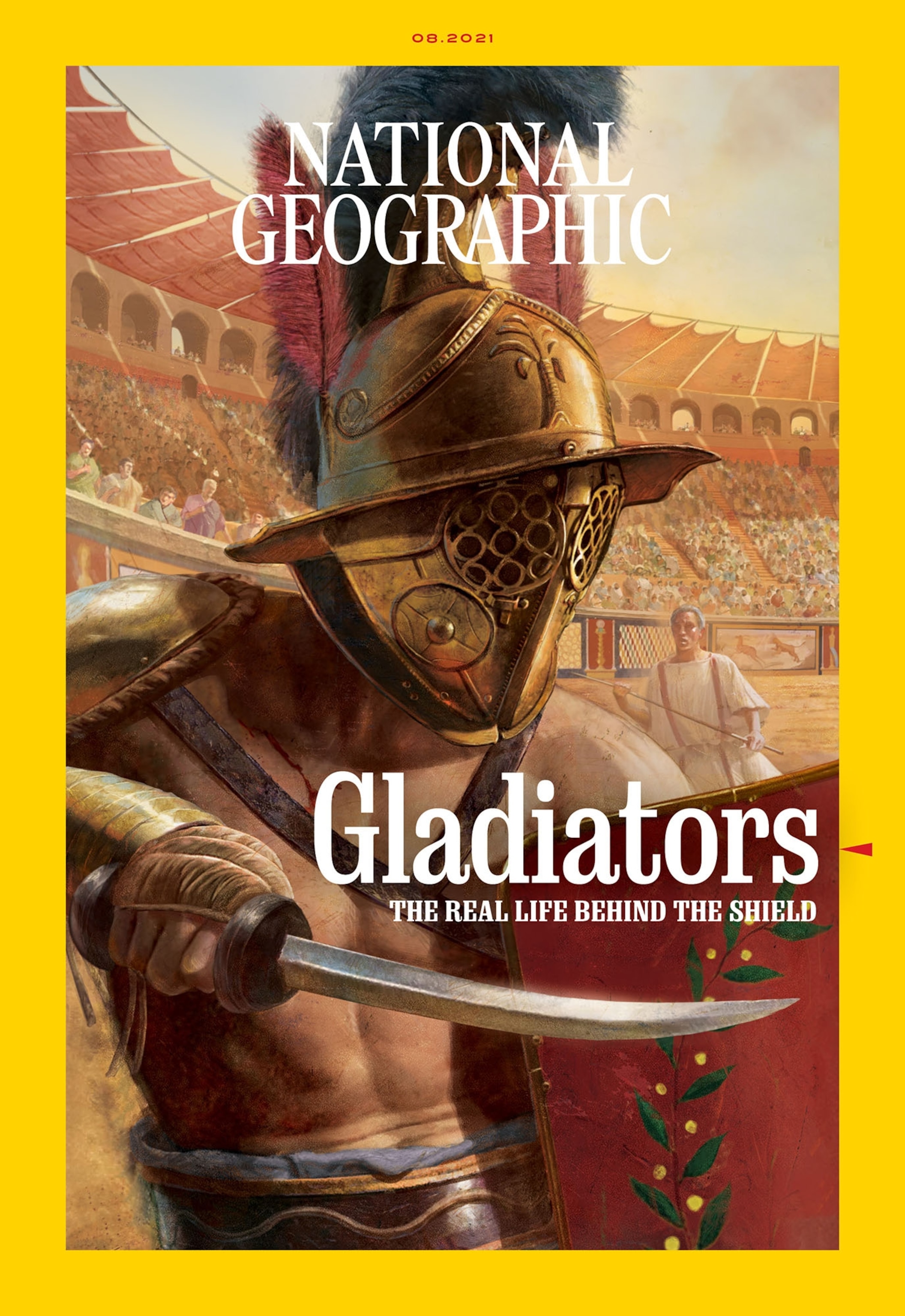
And then there’s the matter of vetting his creations with experts. For the gladiators project, for example, Fernando worked with a researcher to draft historically accurate sketches. Those were shown to a half dozen experts who looked at the clothing, the backgrounds, the arenas, the appearance of the crowd, the fight moves—every manner of detail to make sure it was just right.
Those consulted don’t always agree. But even battling experts don’t dull Fernando’s enthusiasm for telling a story.
“I always try new things,” he says, approaching each story with these questions: “What don’t people know? How can I get people interested? I want to surprise people with ideas.”
When people think of National Geographic visuals, most think first of photography. But illustrators and graphic artists such as Fernando and the rest of our talented team are just as vital to our goal of explaining and exploring the natural world and humankind’s journey in it.
Thank you for reading National Geographic.
This story appears in the August 2021 issue of National Geographic magazine.
Explore more of Fernando’s work:
- A look at the race to save the world’s coral reefs
- Saber-toothed cats were surprising heavyweights
- The dodo gets a makeover
- Unique anatomy sets giraffe apart in the animal kingdom
- Sea turtles are the ultimate survivors. Here’s why.
- Explore 60 years of rockets
- How flight suits have evolved to keep astronauts safe in space
- The history of the Bible, animated
- See how this artist built an intricate model of his hometown over 100 hours
- Sizing up sharks, the lords of the sea
- Trajan’s Column—reading an ancient comic strip
